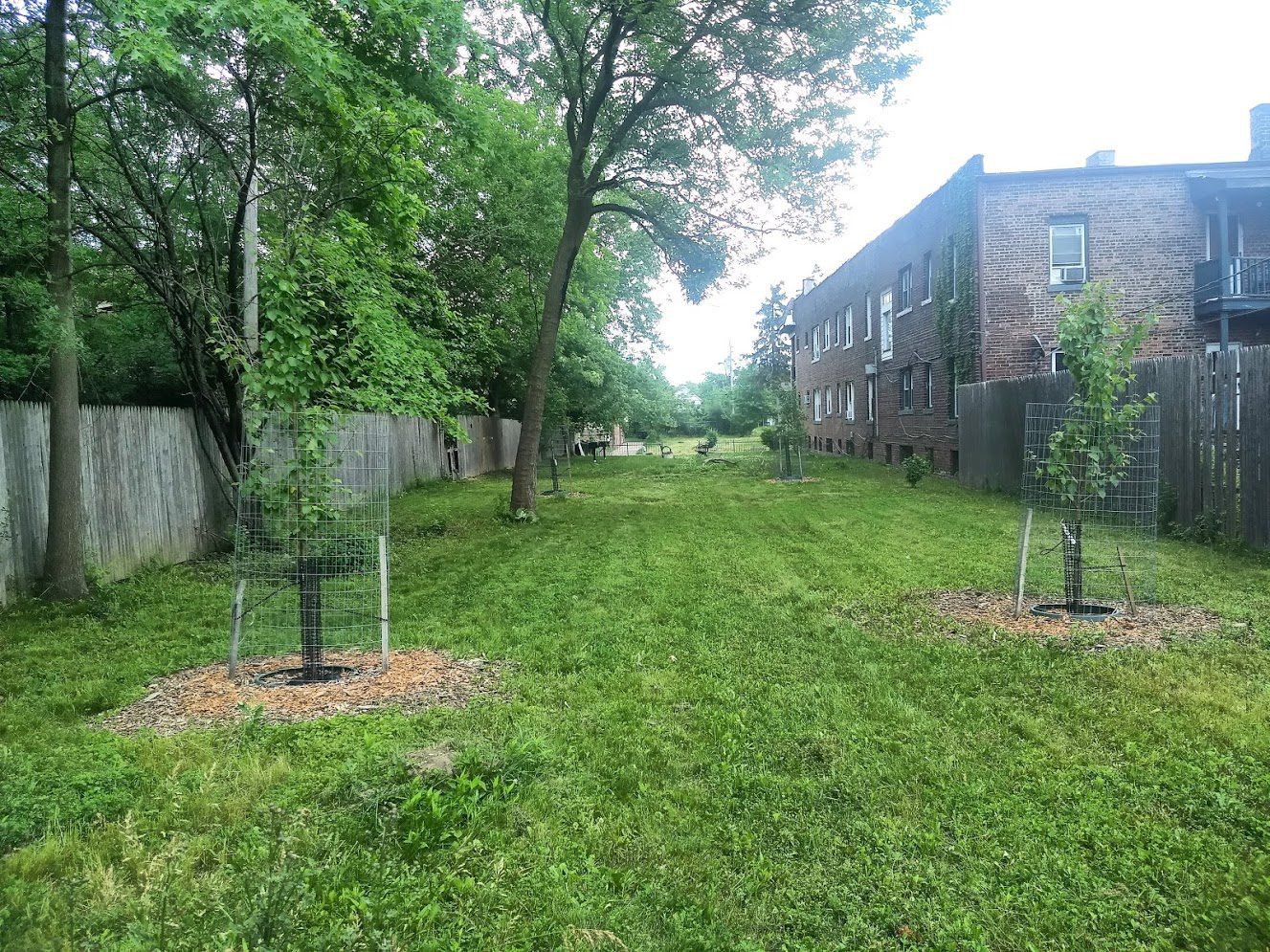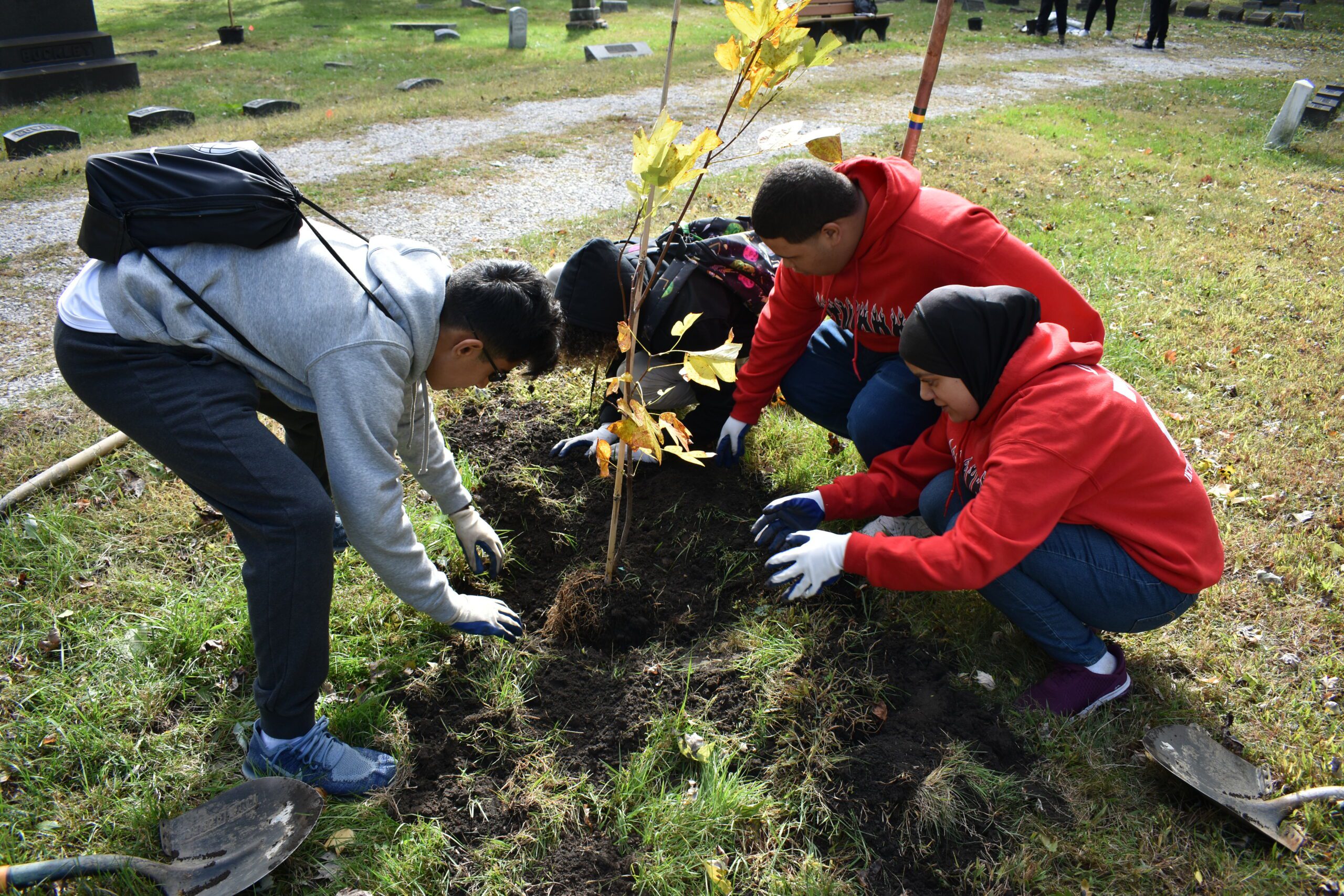

In 2011, the Land Conservancy founded Thriving Communities, a program designed to revitalize properties left vacant and abandoned in Cleveland. Many of the hardest hit urban neighborhoods have been historically marginalized and discriminated against. The program identified areas where urban blight was at its worst, and partnered with local, state, and federal agencies, small business owners, neighbors, and nonprofits to secure funding to repurpose abandoned properties for positive community use.

The success of our efforts revitalizing vacant and abandoned properties led us to address other conservation and public health issues unique to many urban communities. Today, Thriving Communities strives to address urban challenges through several key strategies:
To date, Western Reserve Land Conservancy has raised over $900 million in local, state, and federal funding over the last decade to address urban blight.
In Cleveland, we’ve helped demolish and repurpose thousands of vacant and abandoned properties that were magnets for illegal dumping and criminal activities.
We’ve planted and distributed nearly 15,000 trees in an effort to rebuild Cleveland’s urban forest.
We have created new public parks and preserves in urban areas with limited access to nature and the benefits it provides.